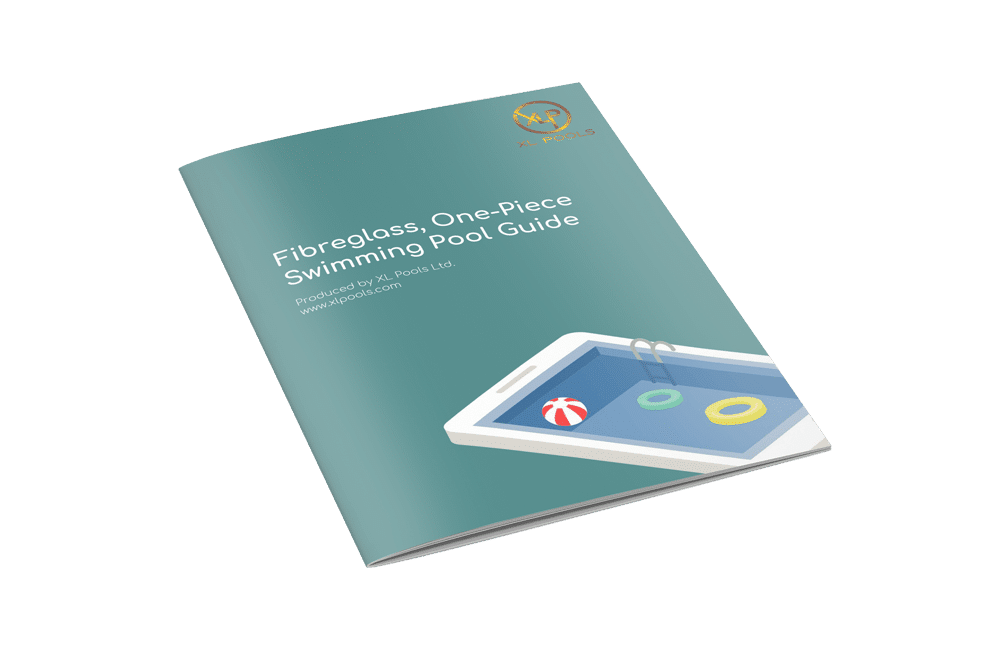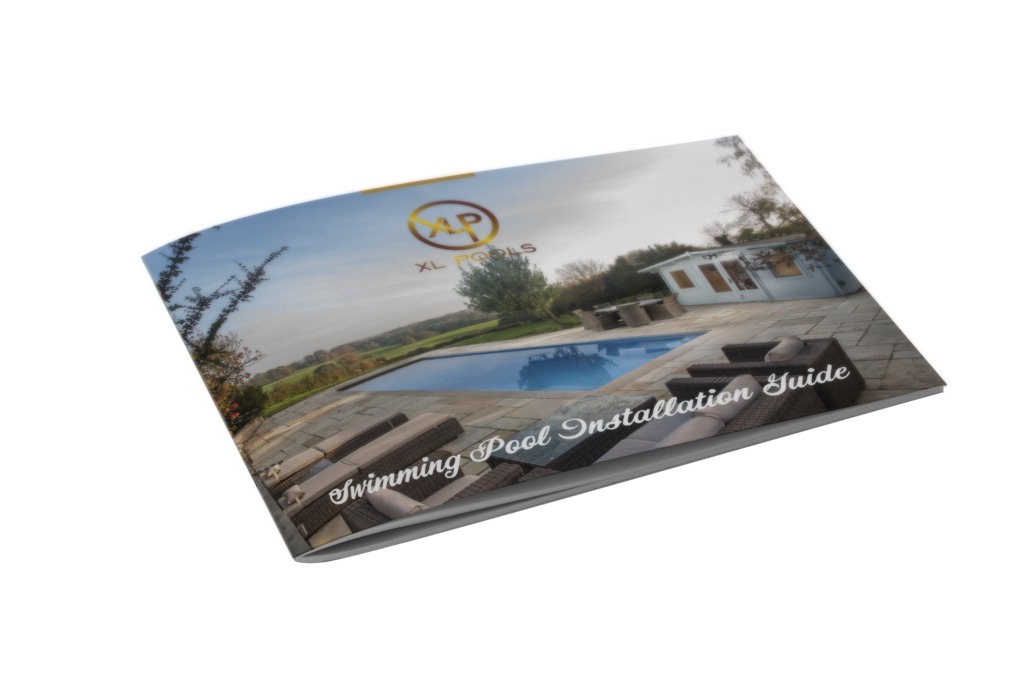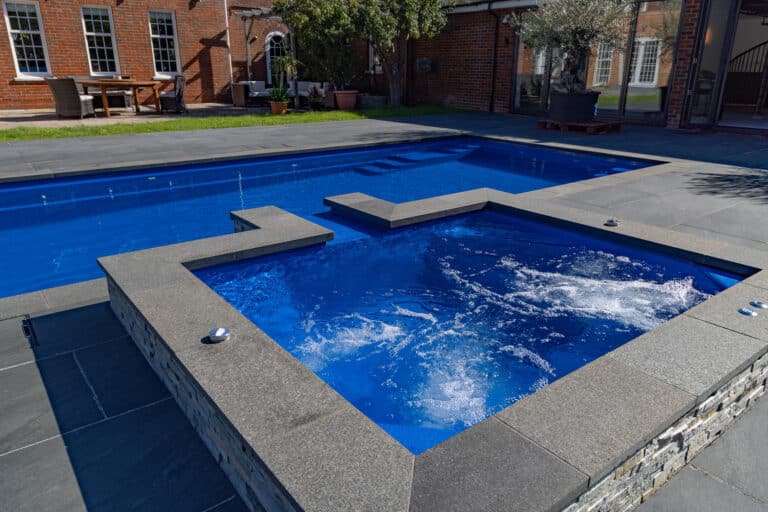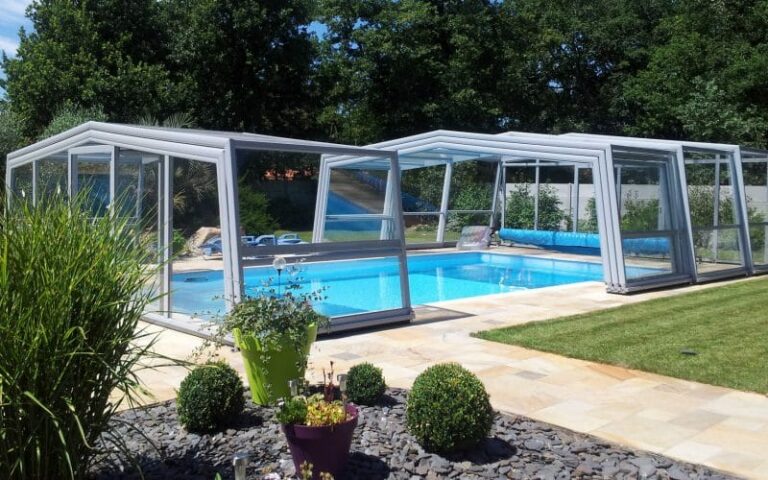The world of pool chemicals and the different choices you can make are seemingly countless. One thing many pool owners, especially new pool owners, are faced with is sanitation. To clean your pool you need chlorine, then you find there are two types: stabilised and unstabilised.
Making the wrong decision on these two types of chlorine won’t be the end of the world however it is very beneficial to know the difference and understand that both types are often used interchangeably however knowing when to use either is key.
Unstabilised Chlorine
The word unstabilised may get you a bit scared, by it’s very nature of being unstable! Don’t worry, it will not blow up! Unstabilised chlorine is a chlorine chemical that does not have cyanuric acid added to it. Adding cyanuric acid to chlorine helps the chlorine last longer in your swimming pool water and protects it from being burnt off by the sun’s UV rays. In the unstabilised version, this is omitted. This does pose the question, “what’s the point then?”
Unstabilised chlorine can be used for several reasons:
- Unstabilised chlorine works best in indoor pools where the sun isn’t an issue burning off the chlorine.
- Unstabilised chlorine is good for shocking your pool. You can give your pool a strong dose of chlorine but won’t remain in the pool for very long.
- Unstabilised chlorine is good for quick daily top up of chlorine if your pool is getting heavy use.
The summary really is that it is good for shocking your pool or for quick doses of chlorine. Without any stabiliser it will not remain in your pool very long.
Stabilised Chlorine
This may not come as a surprise, but stabilised chlorine has stabiliser (namely cyanuric acid) added to it which protects the chlorine from the sun’s UV rays. Consider it like sun cream for chlorine!
Stabilised chlorine has a few benefits:
- Stabilised chlorine can reduce the amount of chlorine you have to use in your pool.
- Over time you will save money as you will not have to use so much.
- It makes the job of caring for your water much easier
One downside you need to be aware of when using stabilised chlorine is to watch your cyanuric acid levels and make sure they don’t get too high otherwise the effectiveness of your chlorine will get too low and you will end up with the reverse effect. A good visual sign of a high cyanuric acid level is that your pool will look cloudy but it always best to check using a pool water tester like a dip stick or better.
Which Chlorine type to use?
There really is no hard and fast answer to this question. The answer is both because they serve different purposes. They both do the same job but if you have a good pool chemistry and just want to top the chlorine up a little then adding unstabilised chlorine will be the best bet. If your levels are low and you intend on using the pool during the day a stabilised chlorine will be best. Play each chlorine to it’s strengths and you will have a very happy, healthy pool.







